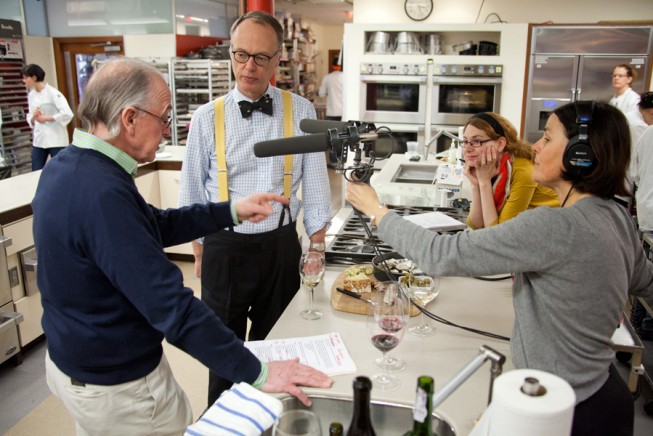
The kinds of things a wine producer can say on a label are pretty strictly regulated. First there are the national authorities in each country who are responsible for upholding the rules associated with marketing appellation wine. Then there are rules imposed by the Bureau of Alcohol, Tobacco, Firearms for wine sold in the U.S. You might think that there wouldn’t be any room left for creativity on a wine label—but that would be to underestimate the ingenuity of winemakers the world over.
Some wording is little more than marketing. The word “reserve” on a wine label may have a legal meaning (depending on where the wine is from), but it may just as easily serve only to distinguish one wine one from another at a single property.
One designation that’s frequently seen is “old vine.” You’ll see vieilles vignes on French wine labels, alte Reben on German, and vecchie viti on bottles from Italy. There are equivalents in other languages.
The meaning of such phrases is somewhat vague. Although it’s clear they refer to vines of some advanced age (each term literally means old vines), it isn’t clear (a) how old ‘old’ is and (b) why we should care.
Let’s take the “how old is old” part first. There are no real rules about this, and quite a lot of variation exists. I’d say that a conscientious winemaker probably shouldn’t be making any sort of claim about this unless the plants in question are at least 50 years old.
Now, it is undeniably pretty special to be working vines that are more than 75 years old. And there are some vines still in production that reach back to the time when infestation of the phylloxera louse in the late 19th century nearly wiped out the vineyards of Europe. They finally beat the louse when it was discovered that American vine roots had developed immunity to the pest and that if you grafted your old world varietals onto American rootstock, these vines would be resistant, too.
You’ll see vieilles vignes on French wine labels, alte Reben on German, and vecchie viti on bottles from Italy.
As a result, pretty much all of Europe’s vines were uprooted and replaced with grafted stock. This is why when you’re talking about vines whose age places them in or close to this era, they are either first generation grafted vines or were in one of the few areas where phylloxera couldn’t take hold. Vines that are both old and ungrafted are considered real treasures. But what about the taste of wines made from older vines? Is there really something to be said for them?
The conventional wisdom has it that old vines have an advantage over younger ones in part because they have more well developed root systems. It’s true that vines rooted deeply and firmly into the earth may be able to tap reserves of moisture that in a hot, dry summer would not be available to vines with less mature development. But while this may have something to do with survival, it’s not clear that vines with bigger, deeper roots necessarily make wine with more depth or richness or which can be shown to be consistently better in any way—even though the argument sounds plausible.
On the contrary, there is some evidence that younger vines—even vines in their first year of bearing fruit—can make some of the best wine of all. The 1973 Stag’s Leap cabernet that bested the 1970 Château Mouton Rothschild and Château Haut Brion in the famous Judgment of Paris tasting in 1976 and put California wine on the map was made from vines only three years old.
There is some thought that vines in their very first bearing year are not as vigorous as they will become and so have a better balance of leaves to fruit. But there’s also the fact that the older vines grow, the fruit and canopy they produce diminishes and in this way, may eventually achieve the same sort of balance as their youthful counterparts.
It’s also possible that declining yields of fruit that characterize older plants also figure in: offering more root and vine support for ever fewer grapes. Older vines yield less fruit, and for some this fact alone is sufficient to demonstrate their superiority. It’s also the case that winemakers who have seriously old vines will reserve that fruit for their prestige cuvées. This is perhaps the strongest empirical evidence for their superiority.
There’s one more thing to add to the confusion. Because winemakers who make reserve or old vine cuvées can generally charge a bit more for them, it makes it worth their while to put a bit of extra effort into these lots. So they may find ways to lower the yield further, to pick a bit later to enhance ripeness, or give them some time in new oak barrels. All these techniques will add a bit more drama to the resulting wine—leaving us to wonder exactly what contribution can be directly attributed the those old, old vines after all.
So long as there are no agreed upon standards for what constitutes an “old vine,” no rules about how much old vine juice has to be in the blend to be so described, and no consensus on precisely how older vines might make wine of better quality, it’s probably best to take all such claims with a pinch of salt.
Stephen Meuse can be reached at stephenmeuse@icloud.com